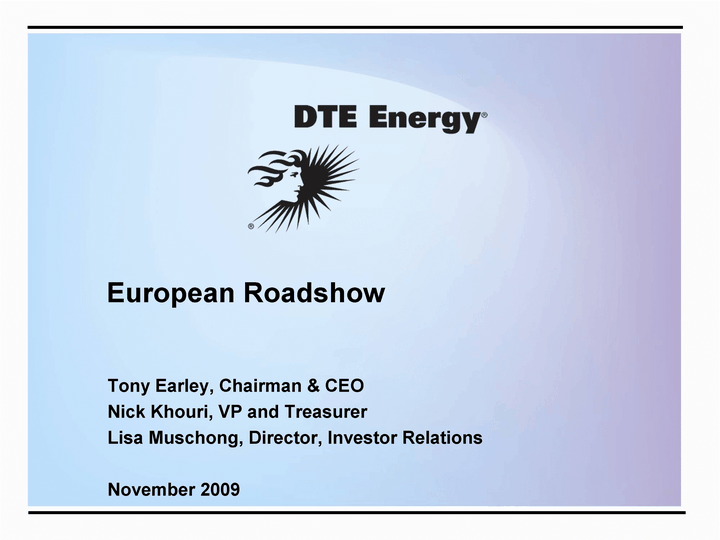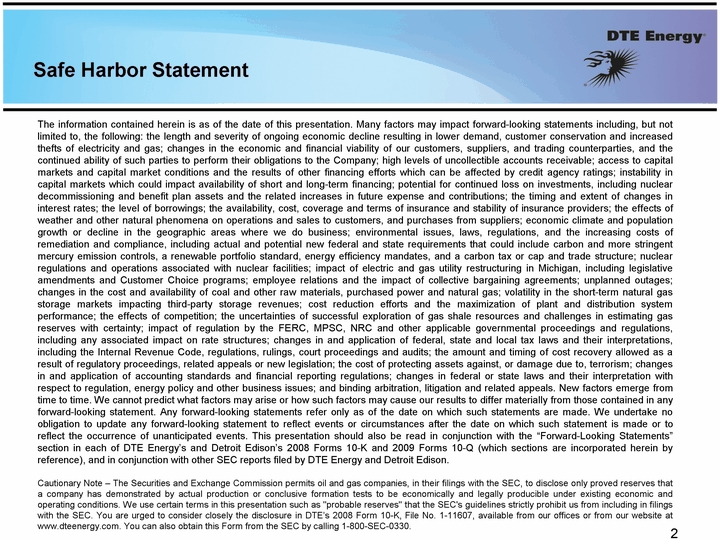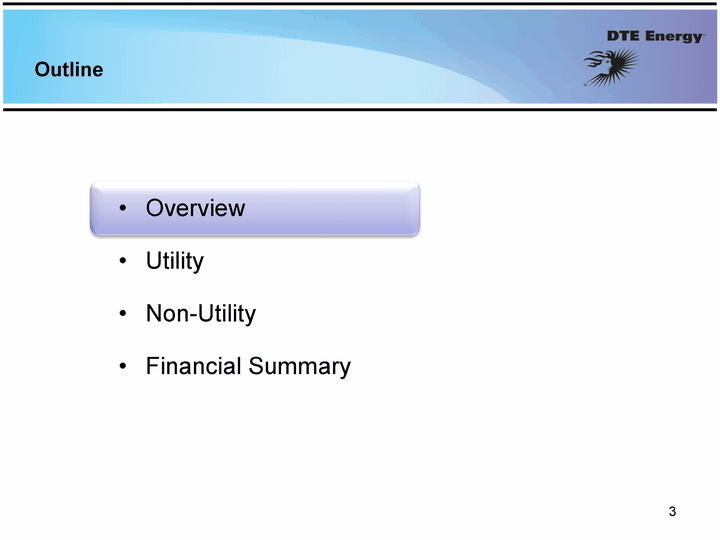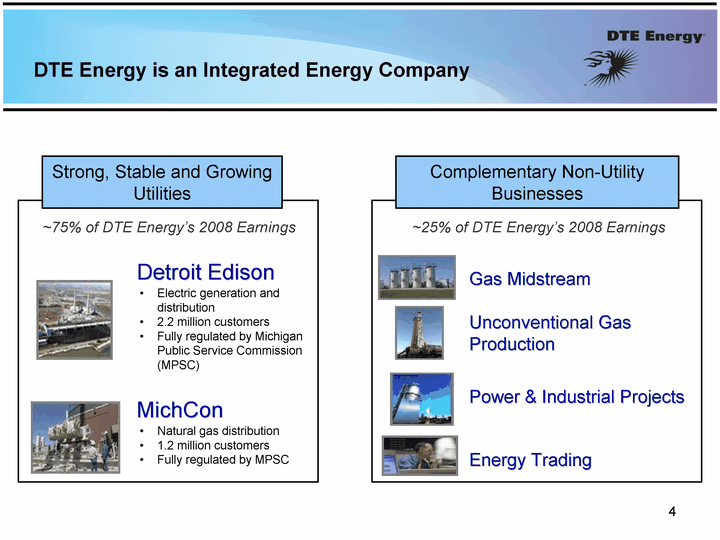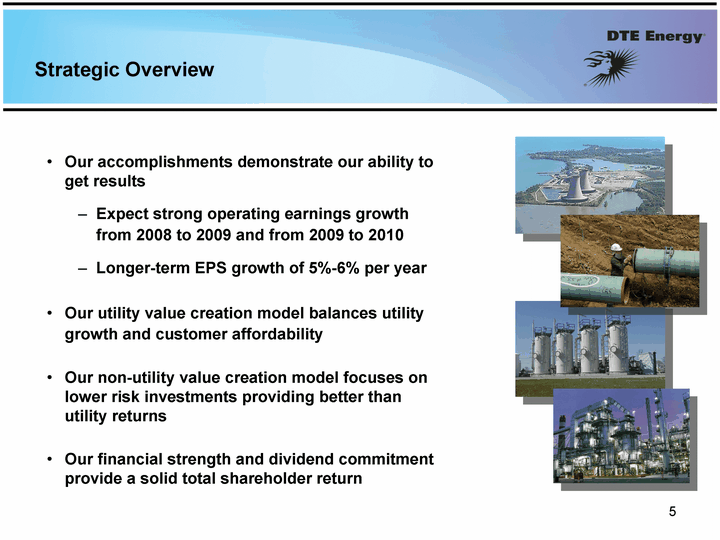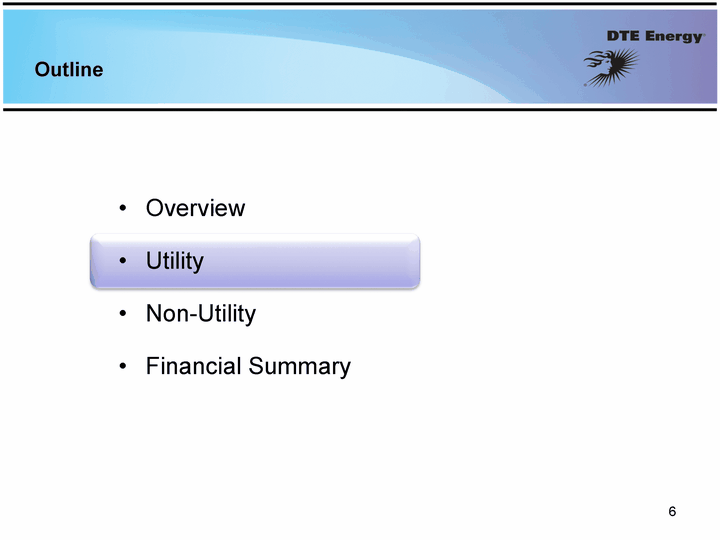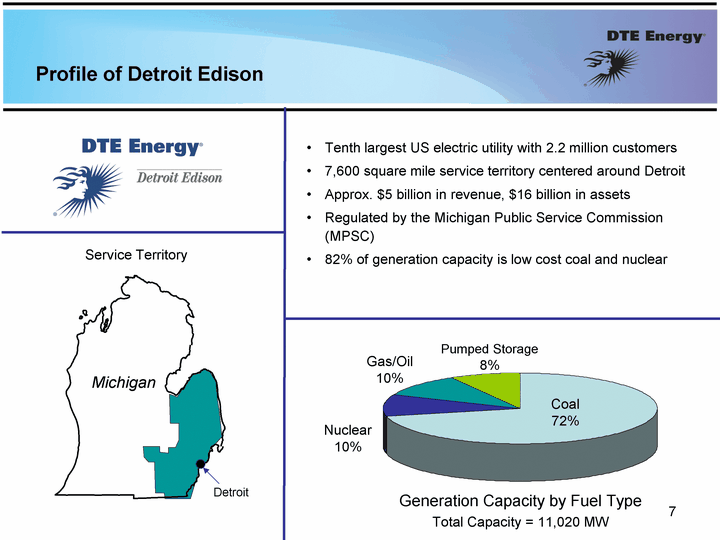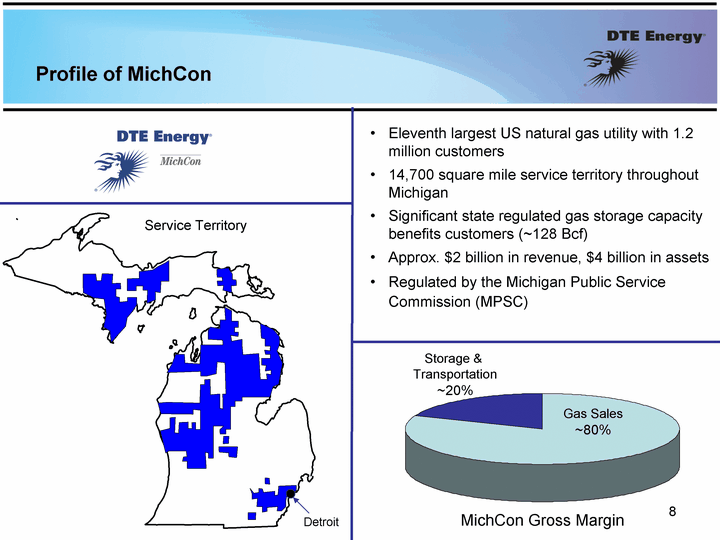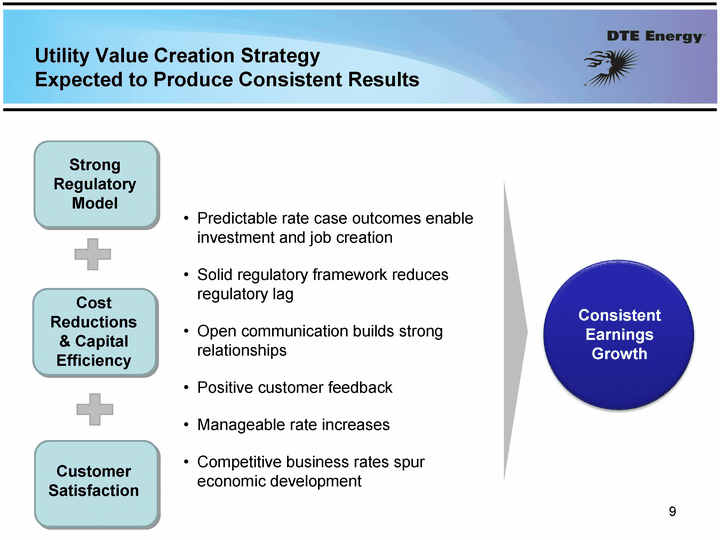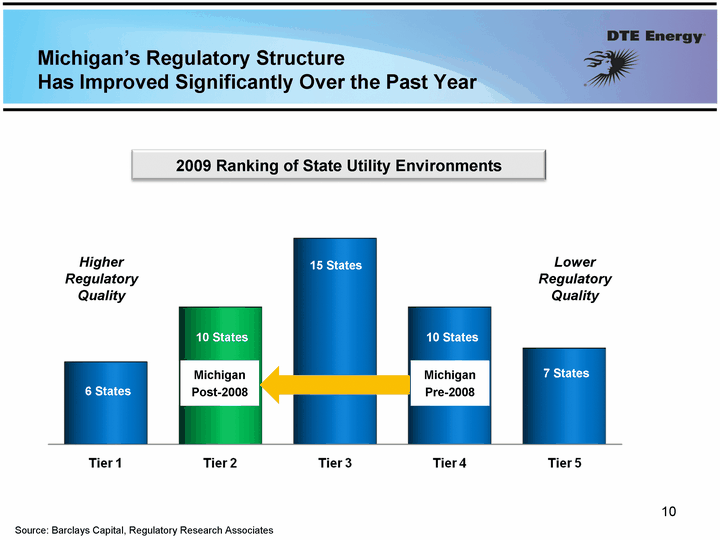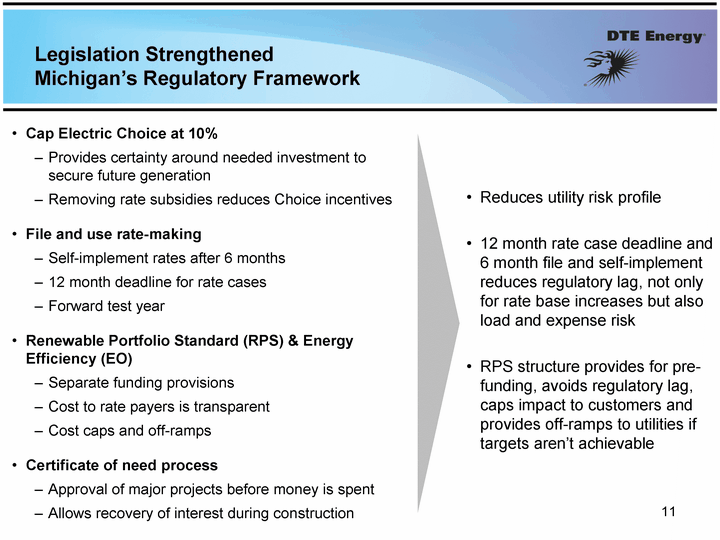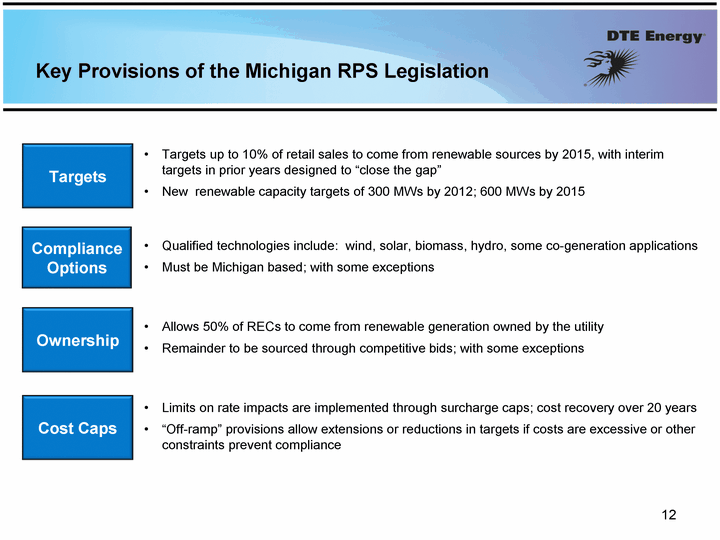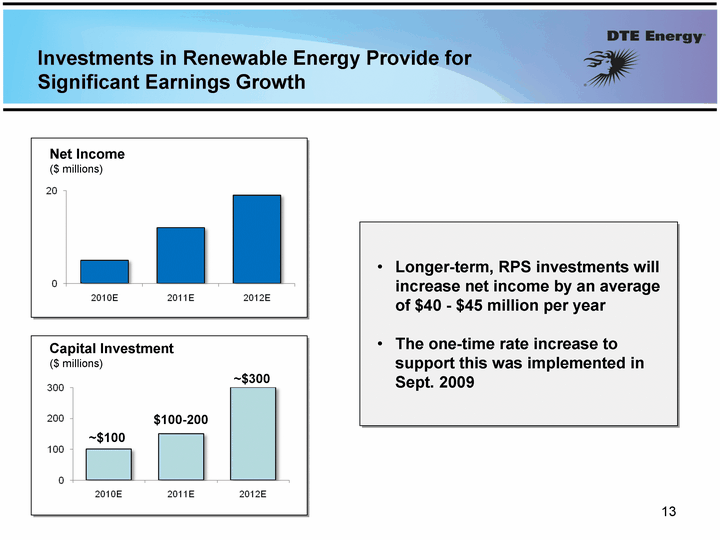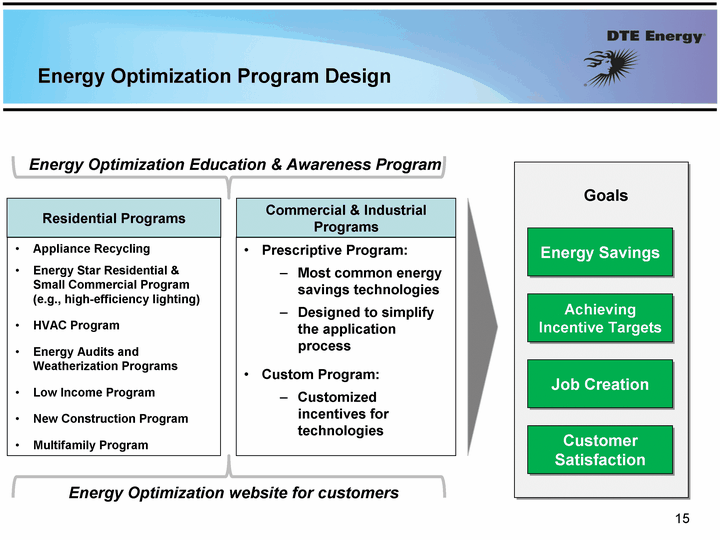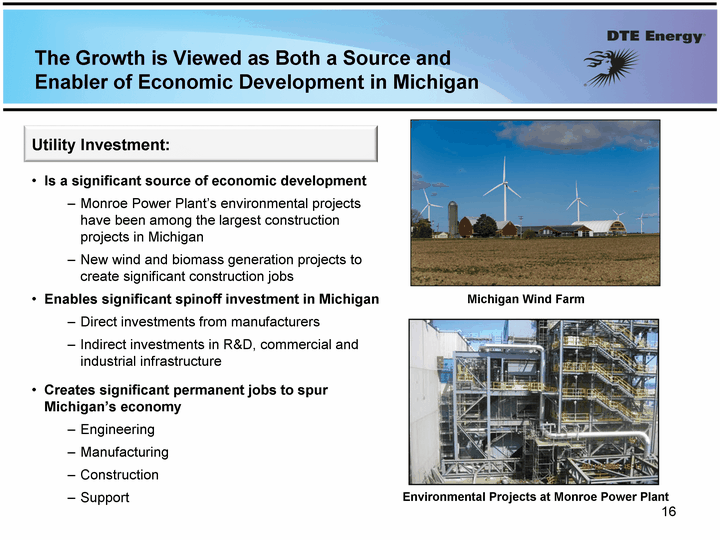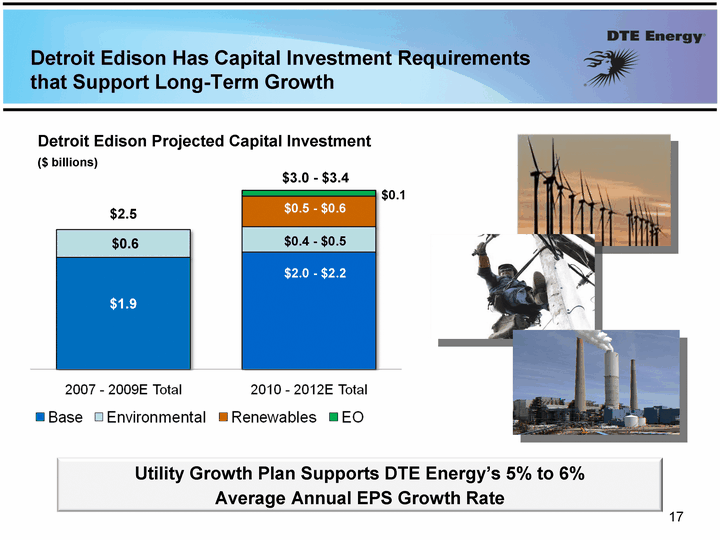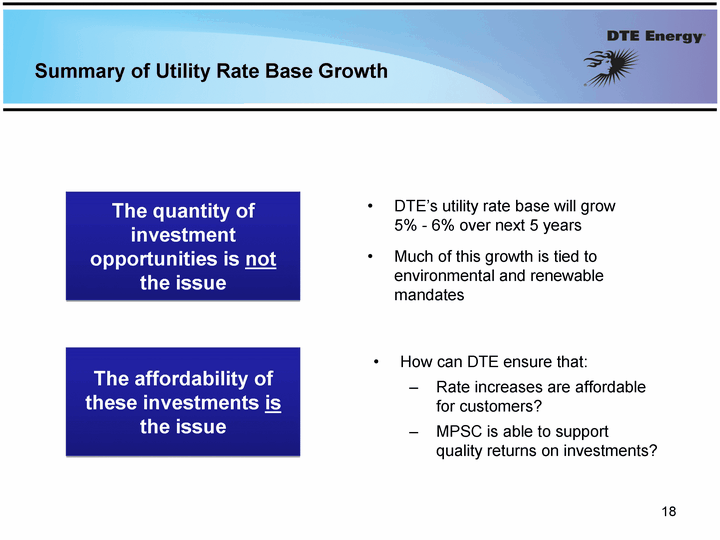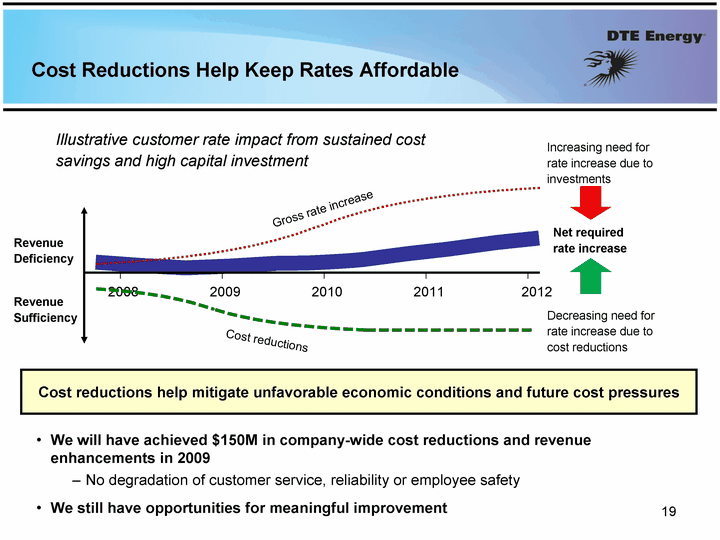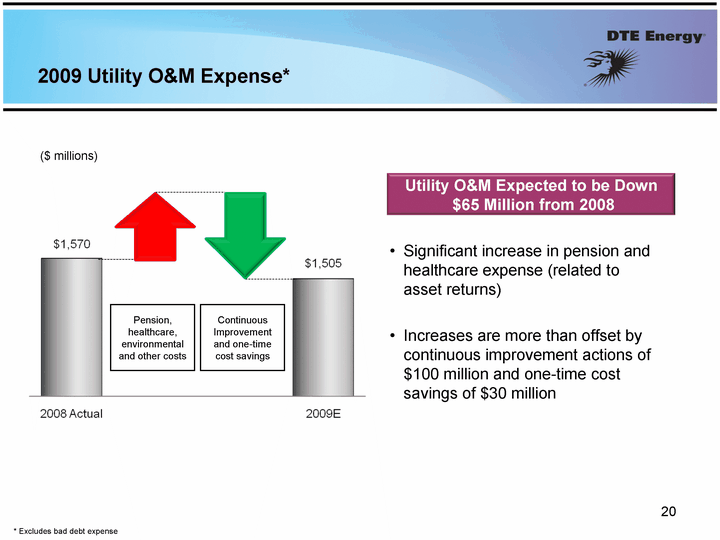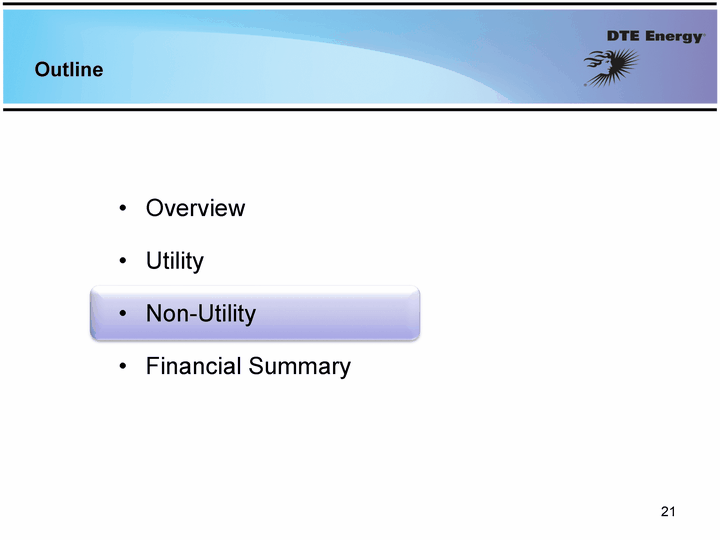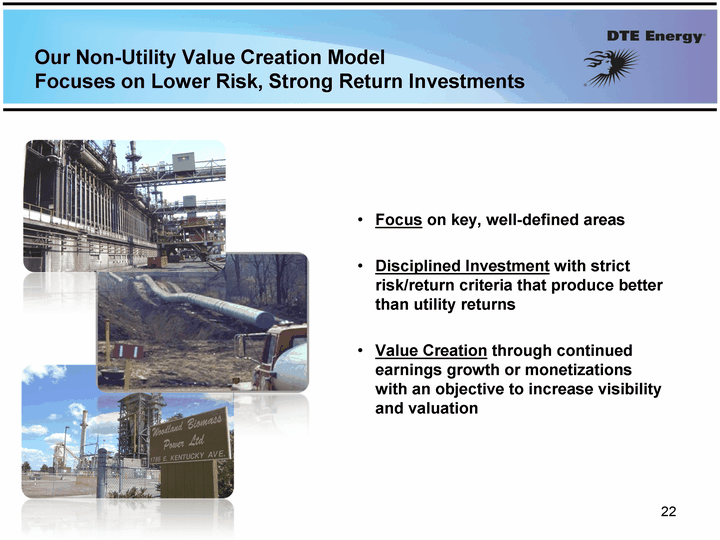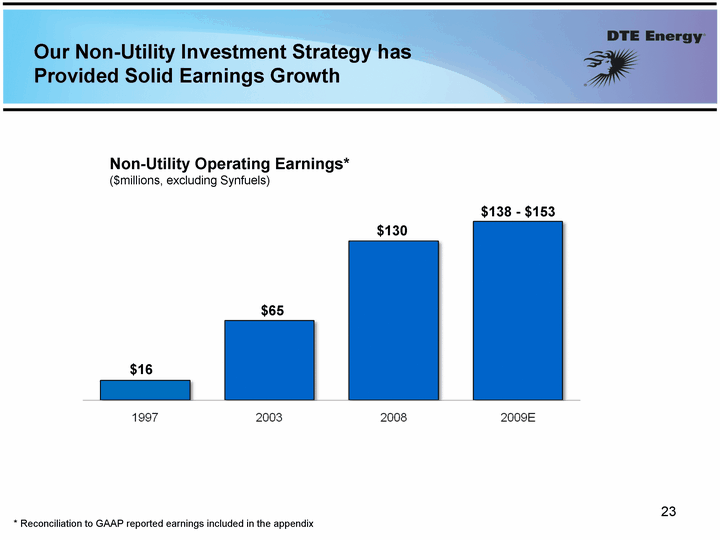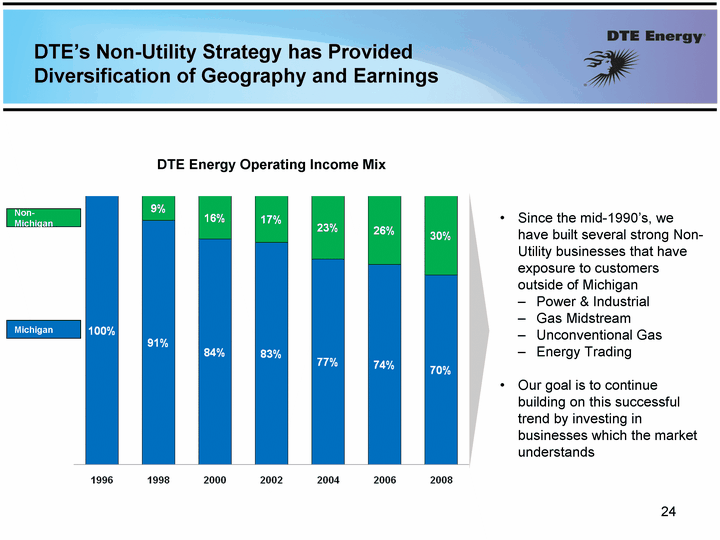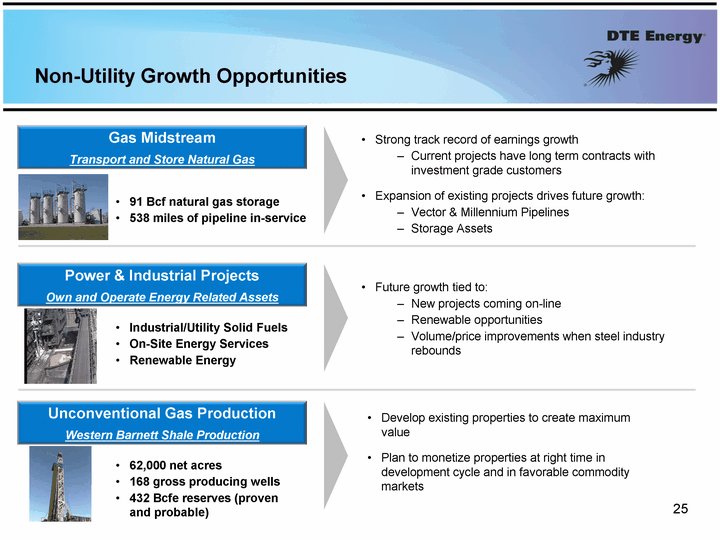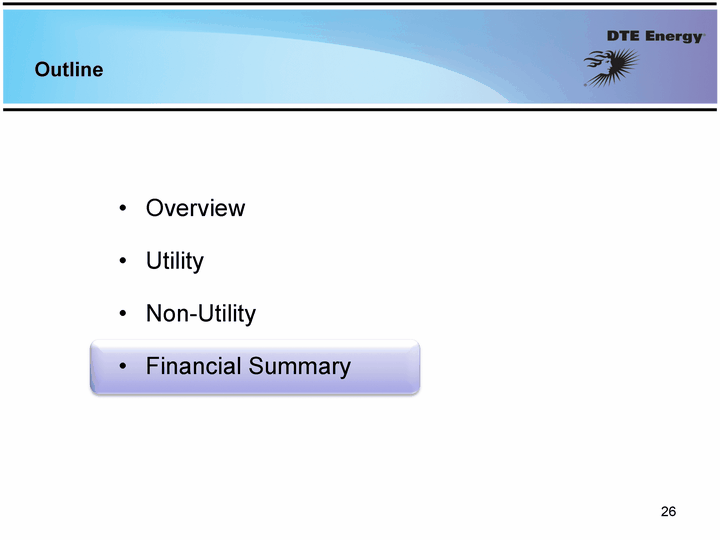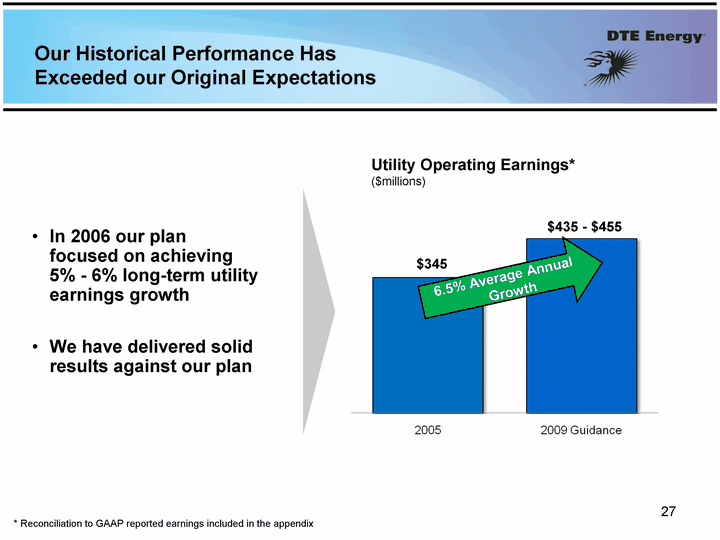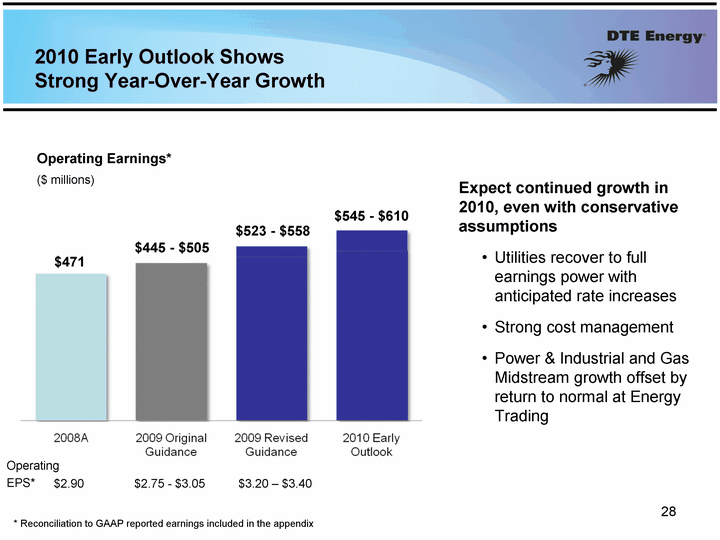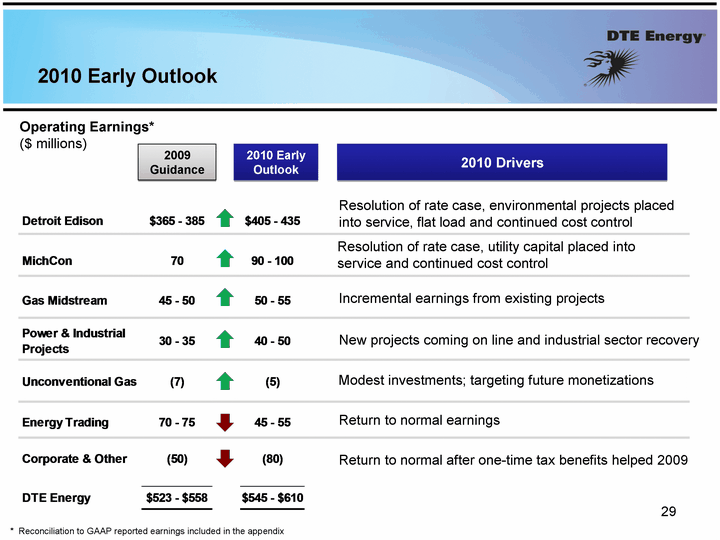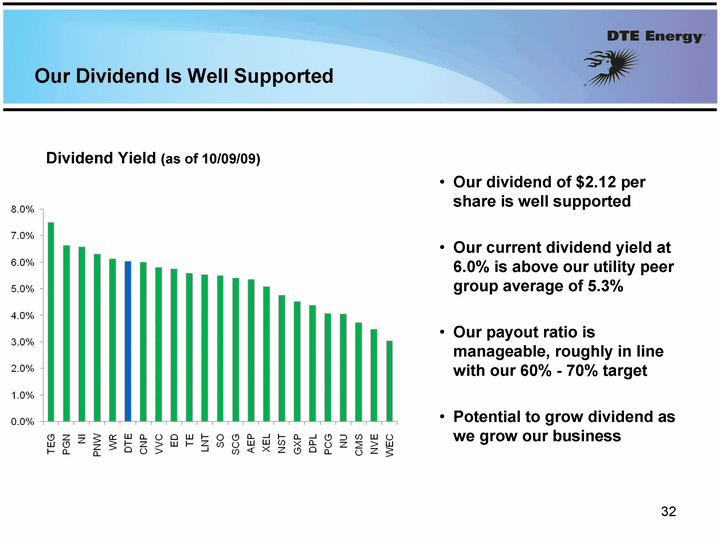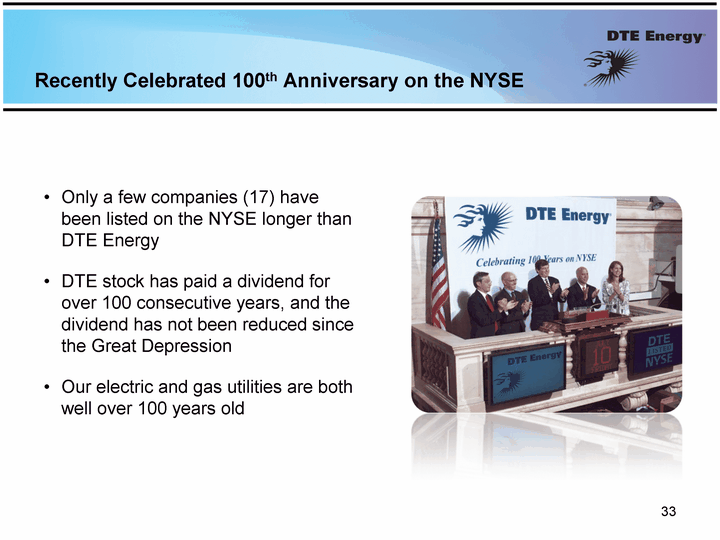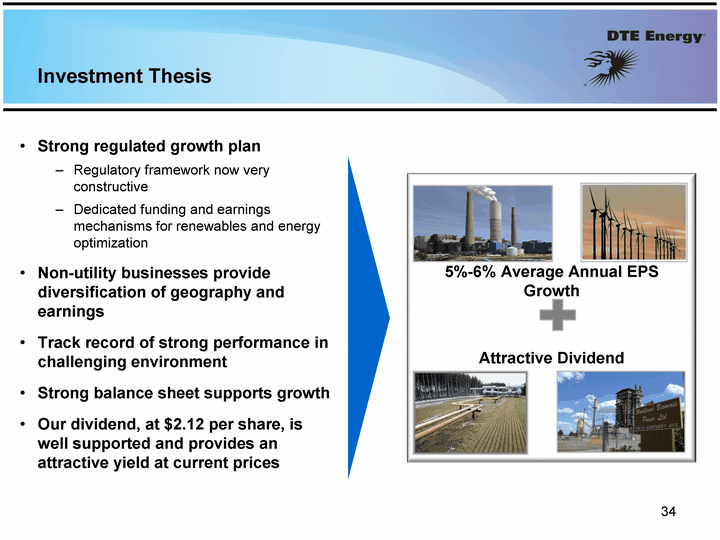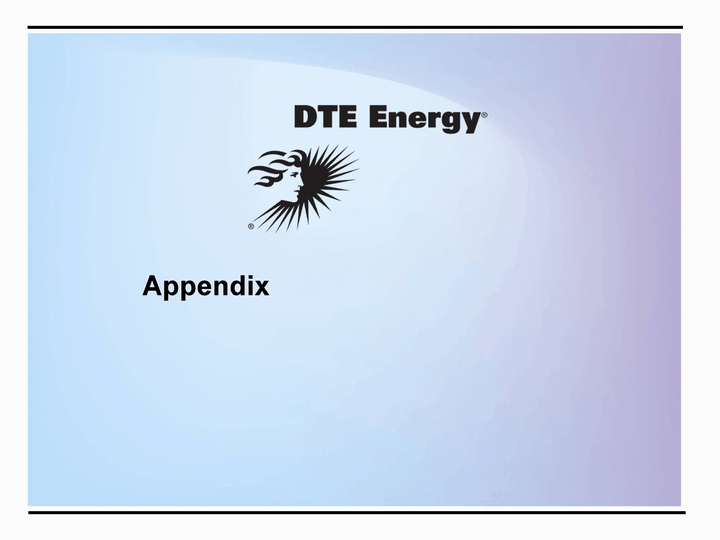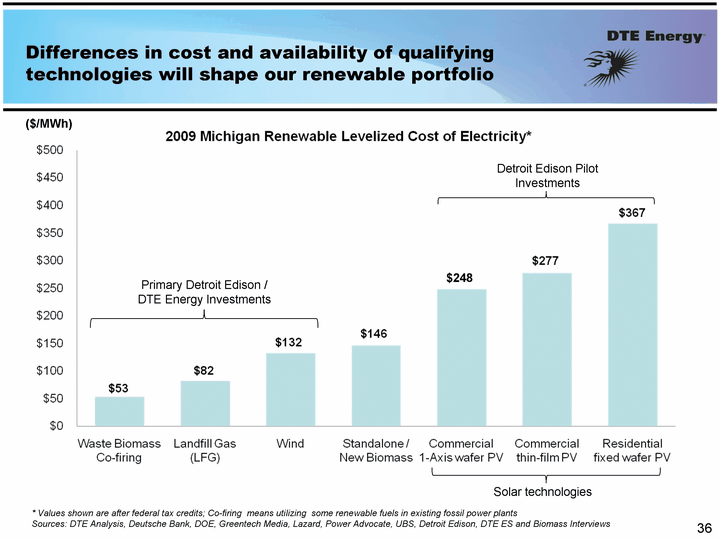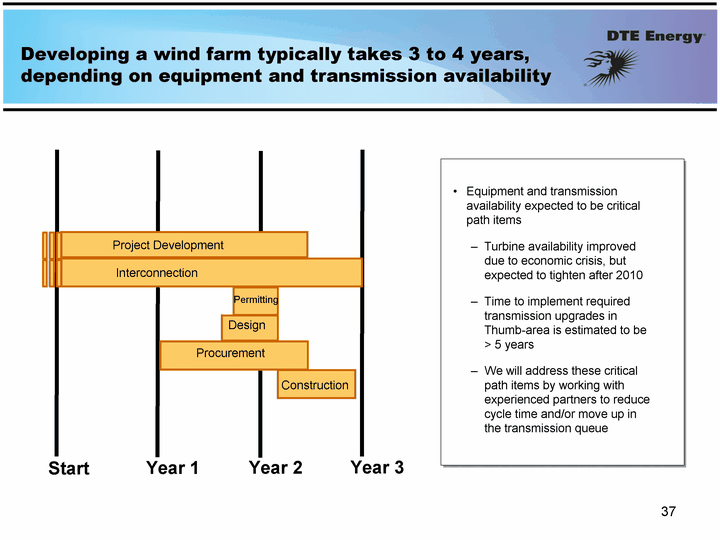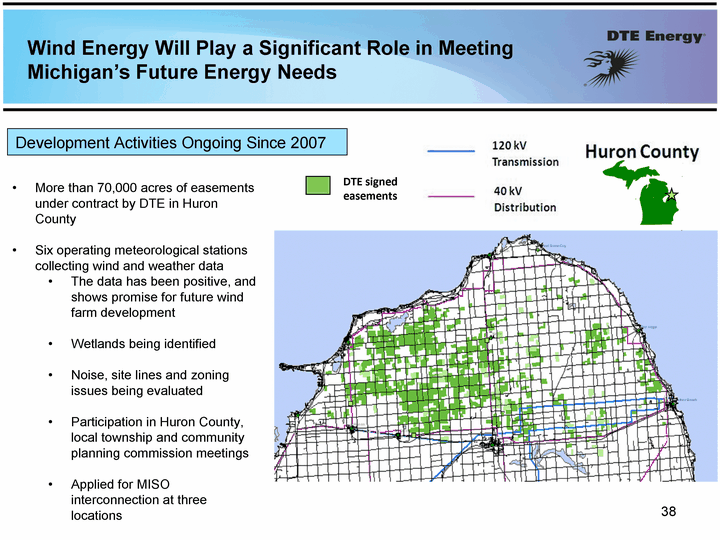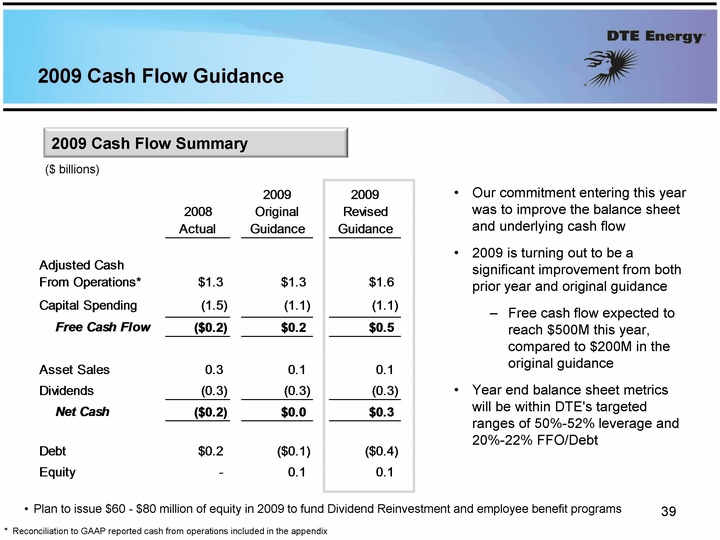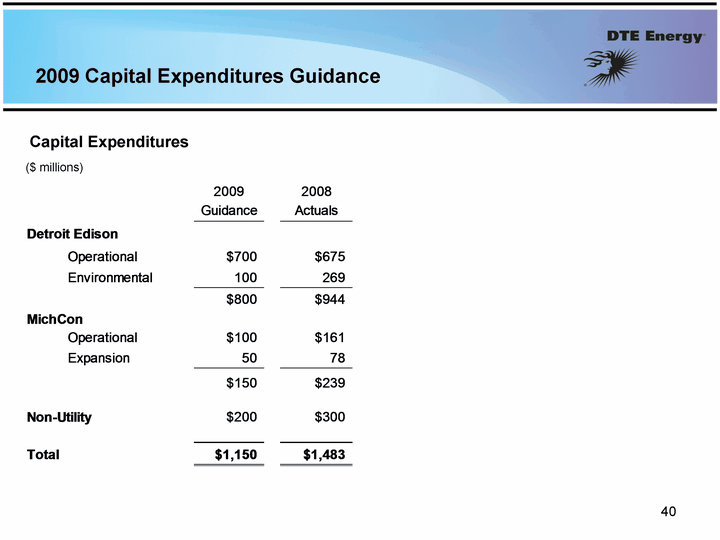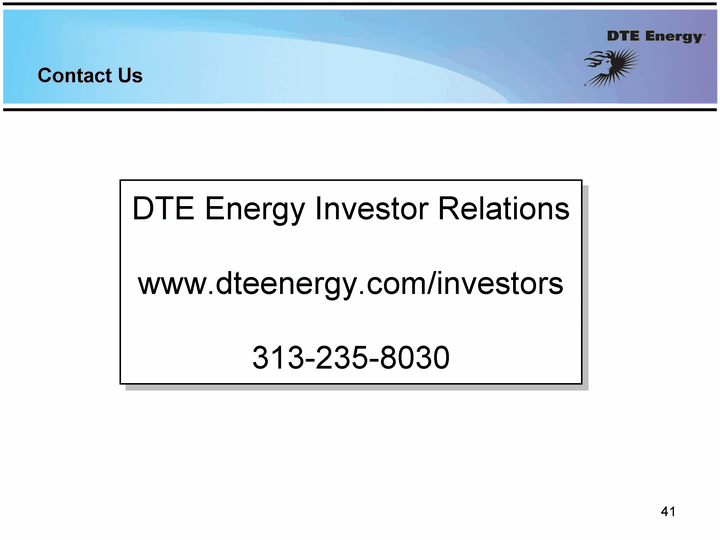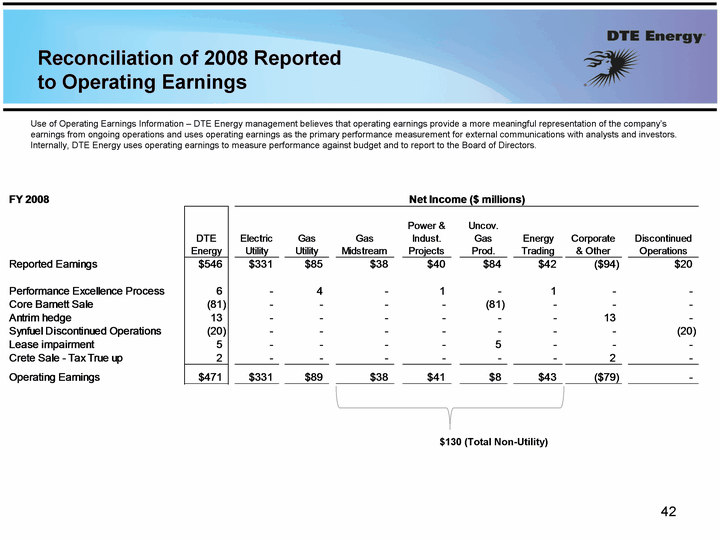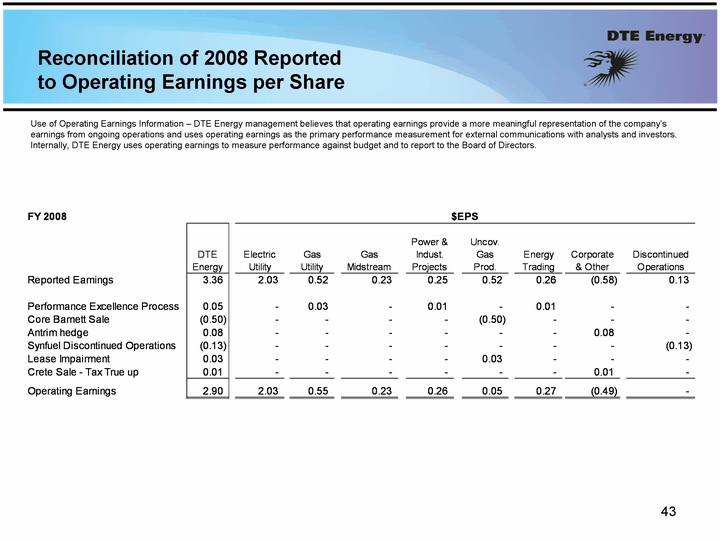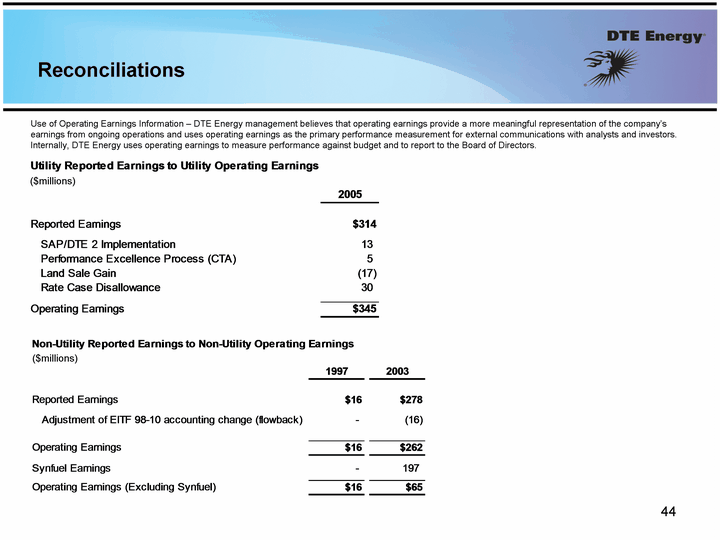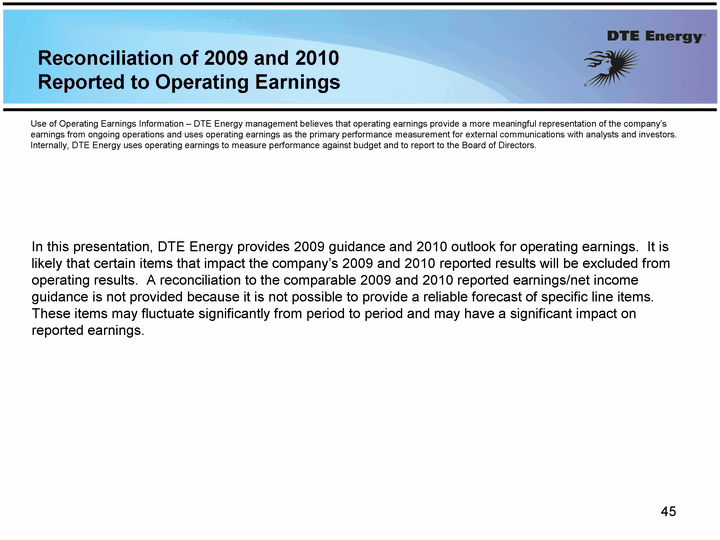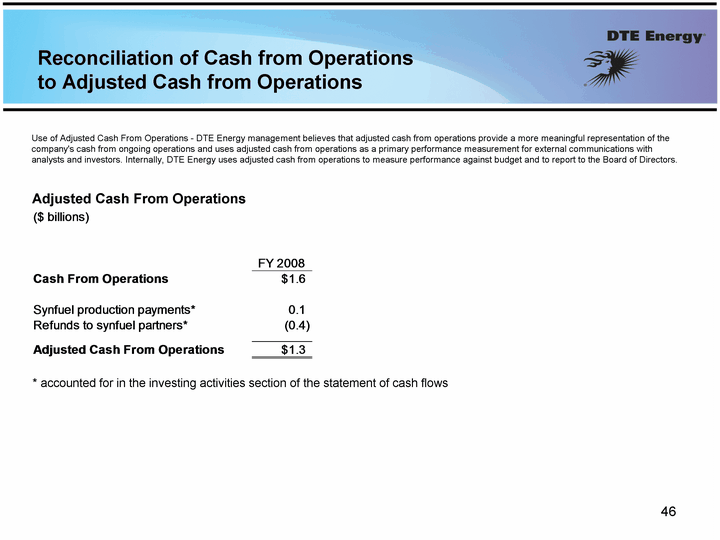| Safe Harbor Statement The information contained herein is as of the date of this presentation. Many factors may impact forward-looking statements including, but not limited to, the following: the length and severity of ongoing economic decline resulting in lower demand, customer conservation and increased thefts of electricity and gas; changes in the economic and financial viability of our customers, suppliers, and trading counterparties, and the continued ability of such parties to perform their obligations to the Company; high levels of uncollectible accounts receivable; access to capital markets and capital market conditions and the results of other financing efforts which can be affected by credit agency ratings; instability in capital markets which could impact availability of short and long-term financing; potential for continued loss on investments, including nuclear decommissioning and benefit plan assets and the related increases in future expense and contributions; the timing and extent of changes in interest rates; the level of borrowings; the availability, cost, coverage and terms of insurance and stability of insurance providers; the effects of weather and other natural phenomena on operations and sales to customers, and purchases from suppliers; economic climate and population growth or decline in the geographic areas where we do business; environmental issues, laws, regulations, and the increasing costs of remediation and compliance, including actual and potential new federal and state requirements that could include carbon and more stringent mercury emission controls, a renewable portfolio standard, energy efficiency mandates, and a carbon tax or cap and trade structure; nuclear regulations and operations associated with nuclear facilities; impact of electric and gas utility restructuring in Michigan, including legislative amendments and Customer Choice programs; employee relations and the impact of collective bargaining agreements; unplanned outages; changes in the cost and availability of coal and other raw materials, purchased power and natural gas; volatility in the short-term natural gas storage markets impacting third-party storage revenues; cost reduction efforts and the maximization of plant and distribution system performance; the effects of competition; the uncertainties of successful exploration of gas shale resources and challenges in estimating gas reserves with certainty; impact of regulation by the FERC, MPSC, NRC and other applicable governmental proceedings and regulations, including any associated impact on rate structures; changes in and application of federal, state and local tax laws and their interpretations, including the Internal Revenue Code, regulations, rulings, court proceedings and audits; the amount and timing of cost recovery allowed as a result of regulatory proceedings, related appeals or new legislation; the cost of protecting assets against, or damage due to, terrorism; changes in and application of accounting standards and financial reporting regulations; changes in federal or state laws and their interpretation with respect to regulation, energy policy and other business issues; and binding arbitration, litigation and related appeals. New factors emerge from time to time. We cannot predict what factors may arise or how such factors may cause our results to differ materially from those contained in any forward-looking statement. Any forward-looking statements refer only as of the date on which such statements are made. We undertake no obligation to update any forward-looking statement to reflect events or circumstances after the date on which such statement is made or to reflect the occurrence of unanticipated events. This presentation should also be read in conjunction with the "Forward-Looking Statements" section in each of DTE Energy's and Detroit Edison's 2008 Forms 10-K and 2009 Forms 10-Q (which sections are incorporated herein by reference), and in conjunction with other SEC reports filed by DTE Energy and Detroit Edison. Cautionary Note - The Securities and Exchange Commission permits oil and gas companies, in their filings with the SEC, to disclose only proved reserves that a company has demonstrated by actual production or conclusive formation tests to be economically and legally producible under existing economic and operating conditions. We use certain terms in this presentation such as "probable reserves" that the SEC's guidelines strictly prohibit us from including in filings with the SEC. You are urged to consider closely the disclosure in DTE's 2008 Form 10-K, File No. 1-11607, available from our offices or from our website at www.dteenergy.com. You can also obtain this Form from the SEC by calling 1-800-SEC-0330. 2 |
